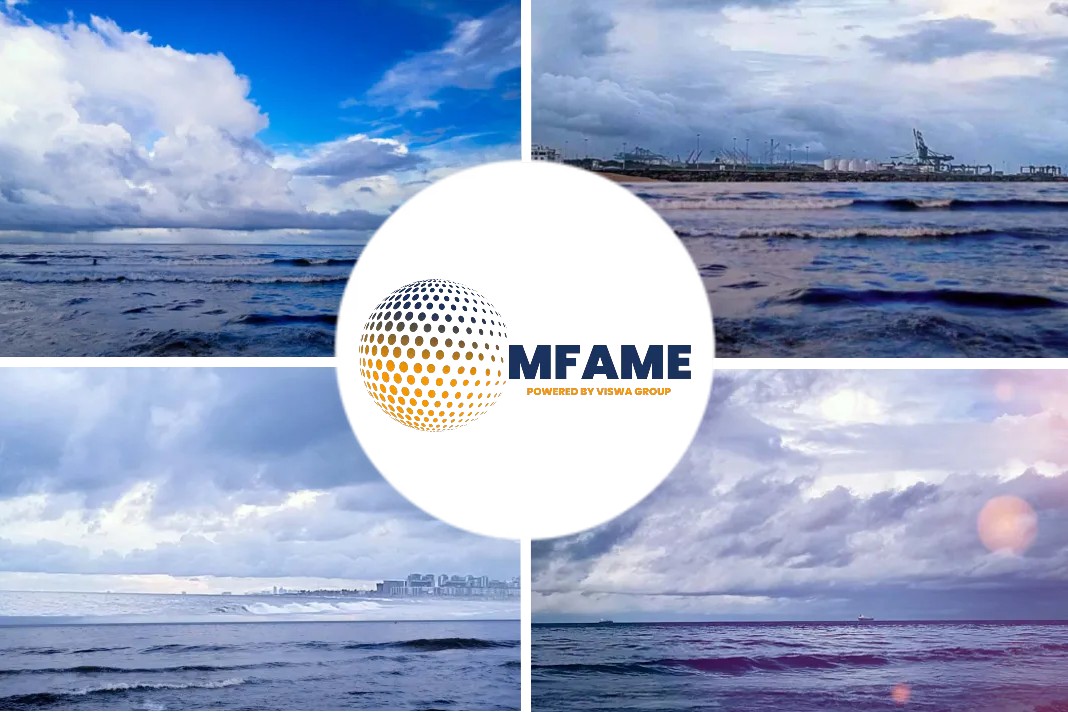The northbound East Coast South America to Europe trade is finally ‘on the mend’ heading into the Brazilian fruit export season, according to new analysis from container shipping analyst Drewry.
Trade trend
The latest container statistics for the Europe-East Coast South America trade show that the southbound market continues to strengthen, while the long-time downward trend for the northbound trade has reached all time low and is starting to turn the corner, Drewry said.
Container performance
It said figures from Datamar up to and including September reveal that southbound container volumes from Europe have performed very well, registering year-on-year gains in 13 consecutive months, with seven of those months rising by at least 10%, including the last two months. “After nine months in 2017, the southbound trade was up by 12% compared to the same period last year and is on course to match the 2014 annual total after a couple of lean years,” Drewry noted. This would be the first year since 2013 with any type of annual growth, it added.
Imports into Brazil have benefited from a fall in the country’s inflation rate, which recently decreased to a near 10-year low of about 4%, “and from an appreciation of the real currency”, Drewry said. “A bumper soy bean crop this year, following a disastrous one the year before, is helping the country to climb out of recession, which in turn is giving some assurance to importers and consumers that the tide has turned,” it added.
In terms of overall teu, the ECSA-Europe inbound and outbound trades may end up closely matched this year – something which they came close to doing in 2012, Drewry observed.
And looking at 12-month rolling averages, “the downwards spiral for the northbound trade appears to be over, with the long-term trend bottoming out,” Drewry added. “We would expect things to improve further as Brazil intents to boost its fruit exports, up by about 4% so far this year.”
Largest fruit producer
The country is the world’s third largest fruit producer, surpassed only by China and India, although Brazilian production currently amounts to a mere 1% of global fruit transactions.
“It is this opportunity to tap into a market full of potential – and of course the attraction of high-paying reefer cargo – that has prompted CMA CGM to launch its seasonal North Brazil Express (NBX) loop, with average vessel sizes of 1,750 teu (including 500 teu reefer slots),” Drewry noted. The French carrier will later this month add calls to London Gateway so that the service has a second North Europe call in addition to Rotterdam, adding a fifth vessel to the service.
Additional container traffic
In addition, Maersk Line will add its own seasonal reefer loop between November and February 2018 with the start of the Pecem Express serving Pecem, Algeciras, London Gateway, Rotterdam and Pecem again, Drewry noted.
These are just two of a variety of service changes that have occurred recently in this route, which Drewry calculates will add an extra 30,000 teu per month to the southbound market on average during the final quarter, and 20,000 teu each month northbound.
It said the additional capacity in the market “has not done much to change southbound spot rates, which have stubbornly refused to budge from about $1,000 per 40ft container all year”, according to Drewry’s Container Freight Rate Insight. Stronger ship utilisation in recent months has supported gains of about $100 per 40ft in the more volatile northbound sector, it added.
Drewry concludes by saying that, “The demand outlook for the northbound trade is much brighter, which will support further spot rate increases during the fruit export season.”
Did you subscribe for our daily newsletter?
It’s Free! Click here to Subscribe!
Source: Lloyd’s Loading List
















